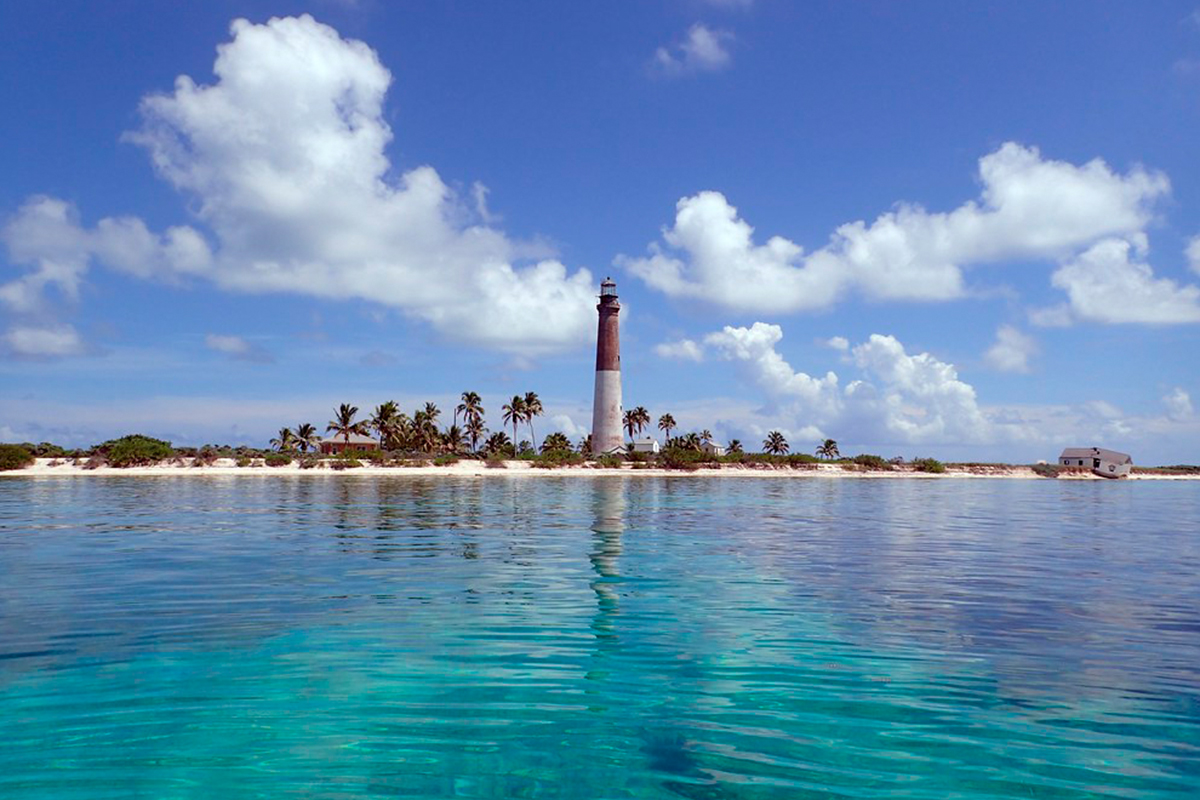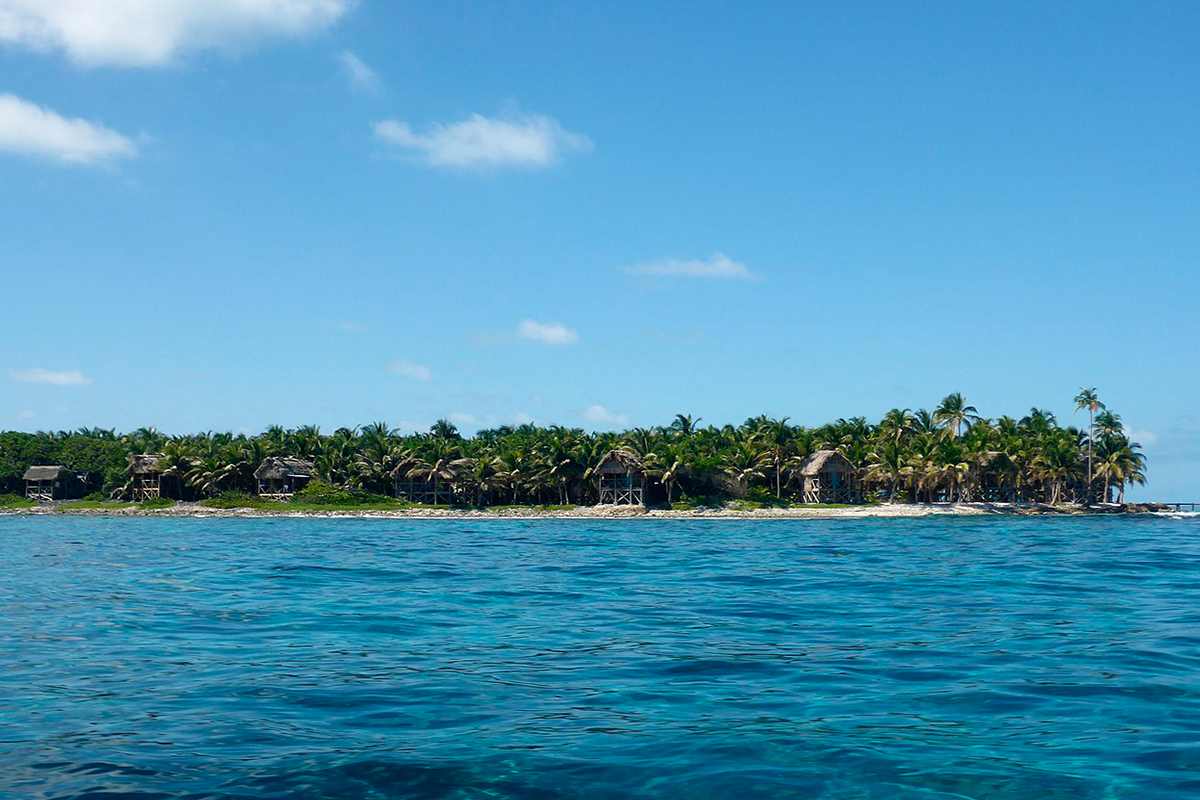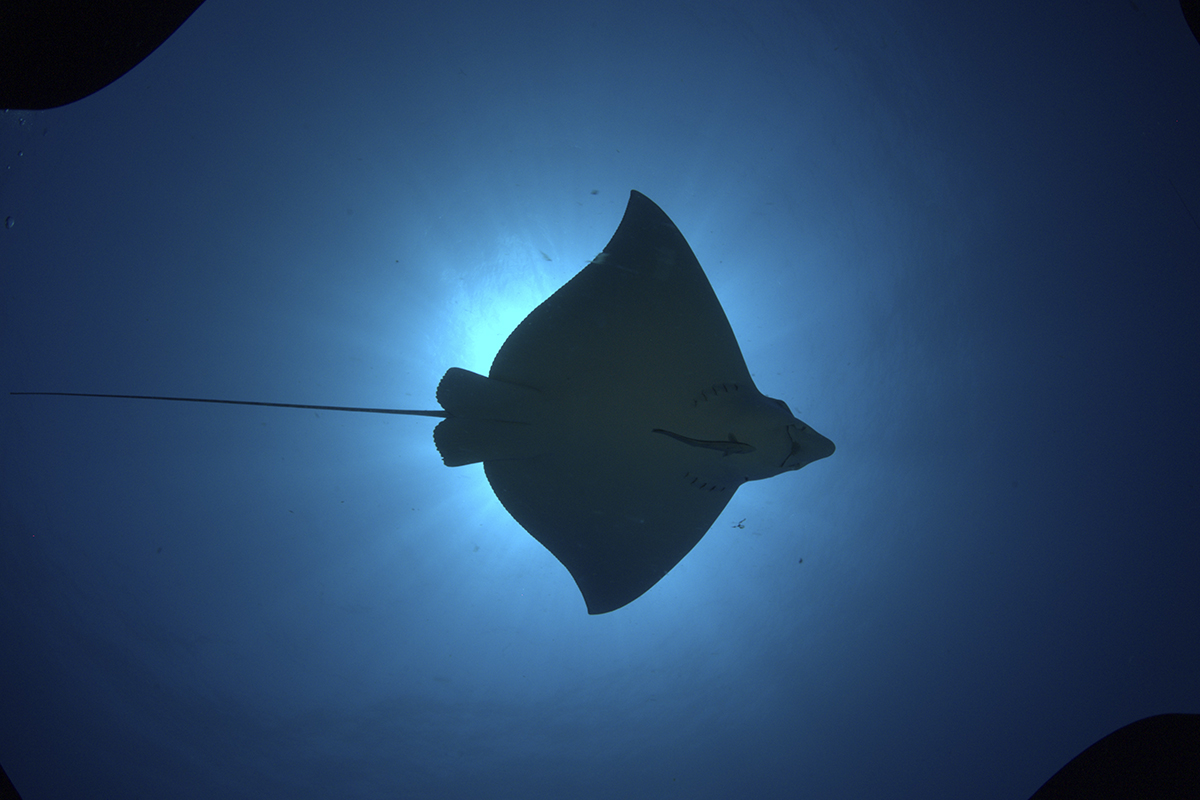ABOUT THEM
What is a fishery refugee?
They are no-take zones that allow the reproduction and recovery of marine species, contributing to conserving marine biodiversity and improving the well-being of the communities that depend on these resources. They are an instrument of the National Fishing Policy, which could be part of the subzone of a Natural Protected Area.
Their operation protects critical habitats, especially breeding, feeding, and nursery areas. In addition, these actions lead to the “spillover effect”, that is the repopulation of species of commercial and/or ecological interest in neighboring fishing areas.

Purpose
The purpose of the Fishing Refuge Zones is to promote the conservation, preservation, and induce the sustainable use of populations of different aquatic flora and fauna species that inhabit and develop temporarily or permanently in Mexico’s freshwater and marine waters under federal jurisdiction. It also seeks to preserve the habitat of fish species and contribute to maintaining biological processes (reproduction, recruitment, growth).

LGPAS
In Mexico, the General Law on Sustainable Fisheries and Aquaculture (LGPAS, by its acronym in Spanish) allows the establishment of refuge zones, defined in Article 4, section LI, as “areas delimited in waters under federal jurisdiction, with the primary purpose of conserving and contributing, naturally or artificially, to the development of fishery resources for their reproduction, growth or recruitment, as well as preserving and protecting the surrounding environment”.

NOM-049-SAG/PESC-2014
The NOM-049-SAG/PESC-2014 specifies that the definition of Fishery Refuge Zone is the same as the definition of the refuge zone established in the LGPAS. Therefore, a Fishing Refuge Zone can be considered a management tool that seeks to reconcile the need to protect the different aquatic resources with the fishing activity to benefit the productive sector.
Fishery Refugee Zones
The map is interactive and with a single click you can access the details.
THERE HAVE BEEN STUDIED MORE THAN
124 fishery refugees
(or marine reserves) in the world, documenting the biological changes within them. These studies have shown on average that within the refuges:
The biomass or mass of and plants INCREASED
The size of the animals INCREASED
The density or number of plants or animals in a given area INCREASED
Species diversity or number of species INCREASED
THE INFORMATION IN THIS SECTION HAS BEEN OBTAINED FROM:
PISCO 2007 – Also consult www.piscoweb.org Download (20.6 Mb)
Success cases

Study United States Case - Dry Tortuga
In 2001, the Tortugas Ecological Reserve, a 518 km2 marine reserve located within Dry Tortugas National Park, was decreed. Establishing this reserve involved the…

Bahamas Case - Exuma Cays
The Exuma Cays marine reserve was decreed in 1985; it has an area of 400 km2 of coral reefs, seagrasses, mangroves, and sand flats. Recently, it has been documented…

Belize Case – Glover’s Reef
Glover’s Reef is a marine reserve established in 1993 to recover Caribbean spiny lobster populations and other exploited species. This reserve covers 74 km2,…

Mexico Case - Isla Natividad
In early 2006, the Sociedad Cooperativa de Producción Pesquera Buzos y Pescadores de Isla Natividad decided to close two blocks of its fishing concession as Fishery…




